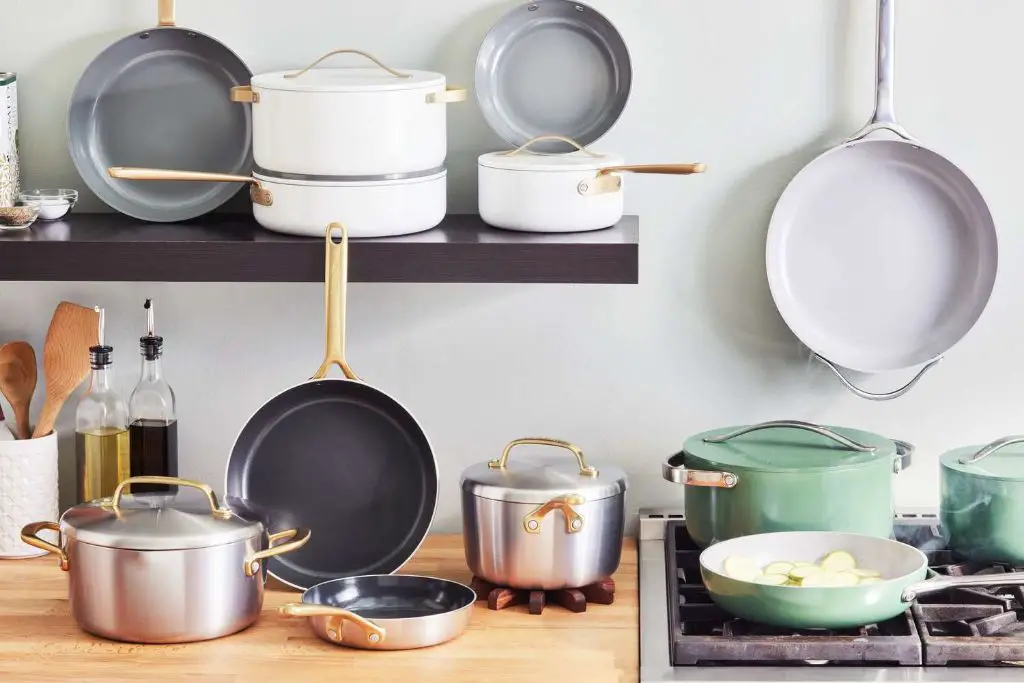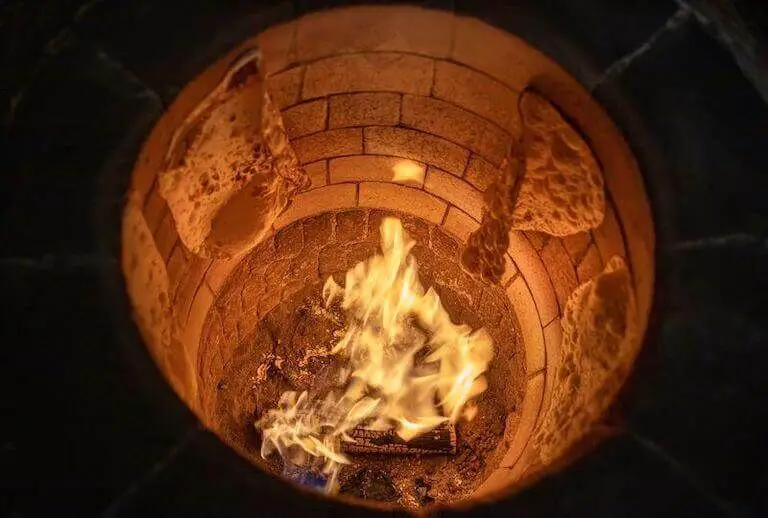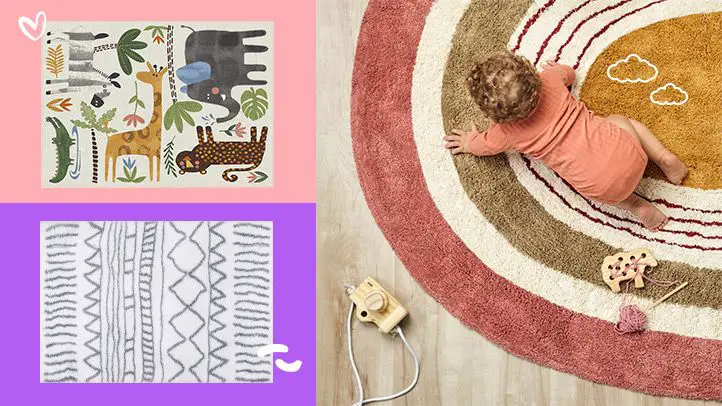Can You Bake Bread In A Ceramic Loaf Pan?
Baking bread in ceramic loaf pans has become increasingly popular in recent years. Ceramic bakeware offers some potential advantages over traditional metal pans, but also comes with some drawbacks to consider. This article provides an overview of using ceramic pans for baking bread, including the pros and cons, best practices, and recommendations for choosing a high-quality ceramic loaf pan.
Ceramic bakeware has grown in popularity thanks to its durability, even heating, and nonstick properties. Many home bakers appreciate ceramic pans because they require little to no greasing or flouring before baking. Ceramic’s smooth glazed surface allows bread loaves to easily release after baking. Ceramic pans also provide even heat distribution and retention which can promote better rising and crisping of crusts.
However, ceramic pans can be prone to cracking or chipping if not handled properly, and they may not produce the same crust browning as traditional metal loaf pans. Proper bread recipe formulas and baking practices are required for best results. This article will explore tips and guidelines for how to successfully bake a variety of breads in ceramic loaf pans.
Pros of Ceramic Pans
Ceramic bakeware offers several advantages that make it a popular choice for baking bread:
Even heating – Ceramic distributes heat evenly, preventing hot spots that can lead to uneven baking. This helps ensure the bread bakes uniformly with an evenly browned crust.[1]
Nonstick properties – Unglazed ceramic develops a natural nonstick patina when properly seasoned. This allows bread to be removed easily after baking without sticking.[2]
Retains moisture – Ceramic has a porous surface that absorbs steam released by the dough during baking. This keeps the interior of the bread moist and soft.[1]
Easy to clean – Compared to other materials like metal, ceramic cleans up easily after use. Burnt-on residue can be removed with non-abrasive scrubbing.

Cons of Ceramic Pans
Ceramic pans do have some drawbacks to consider before purchasing. One of the main cons is that ceramic can crack if heated or cooled too quickly [1]. The material is sensitive to sudden temperature changes. Going from the hot oven or stove directly to a cold countertop could potentially cause cracking or shattering. Care needs to be taken to gradually adjust the temperature.
Another downside is that 100% ceramic cookware tends to be on the heavy side [2]. The density of ceramic contributes to its durability, but also makes pans noticeably heavier than other nonstick options. This can make ceramic pans more difficult to maneuver, especially when full. Some may find ceramic too heavy for comfortable cooking.
Lastly, quality ceramic cookware is generally more expensive than other types of pots and pans [3]. The manufacturing process and materials involved make pure ceramic a premium option. While prices vary by brand, ceramic pans often cost significantly more than basic stainless steel or nonstick pans. The higher price point makes building a whole ceramic cookware set a pricey endeavor.
Best Breads for Ceramic Pans
When choosing which breads to bake in a ceramic loaf pan, lean doughs without much added fat or sugar tend to work best. The smooth, nonstick surface of ceramic prevents these doughs from sticking too much.
Lean sourdough breads are an excellent choice as the long fermentation develops complex flavors without needing much enrichment. The sourdough acids help keep the dough from sticking to the pan. Whole grain loaves, especially those made with whole wheat flour, are also great options. The extra bran in whole wheat flours helps reduce sticking. Lean rye and multigrain breads can work well too for similar reasons.
According to Serious Eats, some of the best options for ceramic loaf pans include lean sourdough, whole wheat breads, basic sandwich loaves, and batter breads like banana bread. Avoid enriched doughs with lots of butter, eggs, or oil as they tend to stick more. Lean doughs are your best bet.
[https://www.seriouseats.com/2019/09/best-bread-loaf-pans.html](https://www.seriouseats.com/2019/09/best-bread-loaf-pans.html)
Tips for Baking Bread in Ceramic
When baking bread in ceramic pans, it’s important to allow the pan to preheat fully before adding the dough. Ceramic needs more time to heat up than metal pans. According to the Ultimate Guide to Baking Bread on Xtrema.com, letting the ceramic pan preheat for at least 30 minutes prior to baking allows the pan to heat evenly and prevents cracking or breaking
It’s also crucial to let the bread cool completely before attempting to remove it from the ceramic pan. Unlike metal pans that conduct heat quickly, ceramic retains heat for much longer. Trying to remove the bread too soon can cause it to stick and tear apart. According to questions and answers on Quora.com, letting the bread cool for at least 30-60 minutes allows it to firm up and shrink back from the pan sides, making removal much easier.
Setting the Right Temperature
When baking bread in a ceramic loaf pan, it’s important to set the right oven temperature. Ceramic heats up slower and more evenly than metal. This means you may need to set the oven 25-50°F lower than you would with a metal pan, especially for the initial use.
It’s a good idea to watch the loaf closely the first time you bake in a ceramic pan to ensure it doesn’t over-brown on the top or sides before the interior is fully baked. You can loosely cover the top with foil if the crust is browning too quickly.
Ceramic conducts heat differently than metal, so there is a learning curve to find the ideal time and temperature for perfect results. Start on the lower end of the temperature range and adjust up slightly next time if needed. The ceramic material will also retain more heat for a carryover cooking effect once removed from the oven, so take this into account.
With some trial and error, you can master baking wonderfully crusty and flavorful artisan-style bread in a ceramic loaf pan.
Preventing Cracks
Ceramic bakeware is prone to cracking and crazing. Here are some tips to help prevent cracks when baking with ceramic pans:
Avoid drastic temperature changes. Do not place a hot ceramic pan on a cold surface or expose it to cold water or air when hot. Allow the pan to cool down gradually before washing or storing to prevent thermal shock.
Let the pan cool completely before washing. The temperature change from hot pan to cold water can cause cracks. Allow the pan to come to room temperature before cleaning.
Avoid banging ceramic pans around and handle them gently. Ceramic is brittle and can chip or crack if knocked around.
Do not use pans with cracks or crazing. Crazing is fine cracking in the glaze. These cracks can harbor bacteria and lead to further cracking during baking. Discard cracked or crazed ceramic bakeware.[1]
Use parchment paper or silicone mats when baking. This prevents the pan from developing scratches that can turn into cracks.
Choose high-quality, thicker ceramic pans that are less prone to cracking. Cheaper thin ceramic can crack more easily.
Recommended Ceramic Loaf Pans
When shopping for ceramic loaf pans, some top brands and options to consider include:
Bennington Potters – This company makes stoneware ceramic loaf pans in the USA. They offer a traditionally sized pan that provides excellent bread baking performance.
Emile Henry – A French brand known for high quality ceramic bakeware. Their 9.5 x 5.5 inch loaf pan has sloped sides for easy release.
Chantal – A popular brand that makes ceramic bakeware in various colors. Their ceramic loaf pan has a nonstick interior.
When it comes to size, a standard loaf pan is generally around 9 x 5 inches. Mini and large loaf pans are also available if you want to make smaller or bigger loaves of bread. Some pans have sloped sides for easier release while others have straight sides.
Ceramic pans with a light colored glaze on the interior can help produce bread with a nice even crust. Textured surfaces may provide added release. Look for pans with thick walls and sturdy construction.
Ceramic vs Other Materials
Ceramic loaf pans have some advantages and disadvantages compared to metal, glass, and stoneware pans when baking bread:
Compared to metal loaf pans, ceramic pans distribute heat more evenly and are less likely to have hot spots that can burn bread. Ceramic holds heat well once hot, helping to prevent temperature fluctuations during baking. However, ceramic pans take longer to preheat initially. Metal pans conduct heat quickly, while ceramic pans are slower to come to temperature. Cleaning ceramic pans is easier than metal, since ceramic has a nonstick finish and doesn’t require scrubbing off baked-on residue.
Glass loaf pans heat evenly like ceramic but can’t withstand high oven temperatures that some bread recipes call for. Glass could crack or shatter above 425 F, while ceramic pans often go up to 500 F safely. Glass won’t react with acidic foods either, which can be a problem for some metal pans. But glass can be heavier and retains heat a bit slower than ceramic.
Stoneware has excellent heat retention like ceramic once heated. But stoneware is prone to cracking under abrupt temperature changes that can happen when putting a room-temperature loaf pan into a hot oven. The rough, porous nature of unglazed stoneware can also make cleanup more difficult than the smooth nonstick ceramic. However, stoneware has a rustic artisanal look that some bakers may prefer over ceramic’s sleek appearance.
The Bottom Line
Baking bread in a ceramic loaf pan is absolutely possible but does require some special considerations. Ceramic pans provide even heating and a nonstick surface but can crack under rapid temperature changes. To bake bread successfully, choose a high quality ceramic pan, allow it to preheat gradually, and avoid extreme temperature shocks. Leaner, denser breads like sandwich loaves are better suited to ceramic than enriched doughs. With the right loaf pan and careful technique, you can achieve beautiful results baking bread in ceramic. Just be vigilant about preventing cracks and properly preheating the empty pan. With a bit of care, ceramic loaf pans can be an excellent vessel for artisanal style bread.


